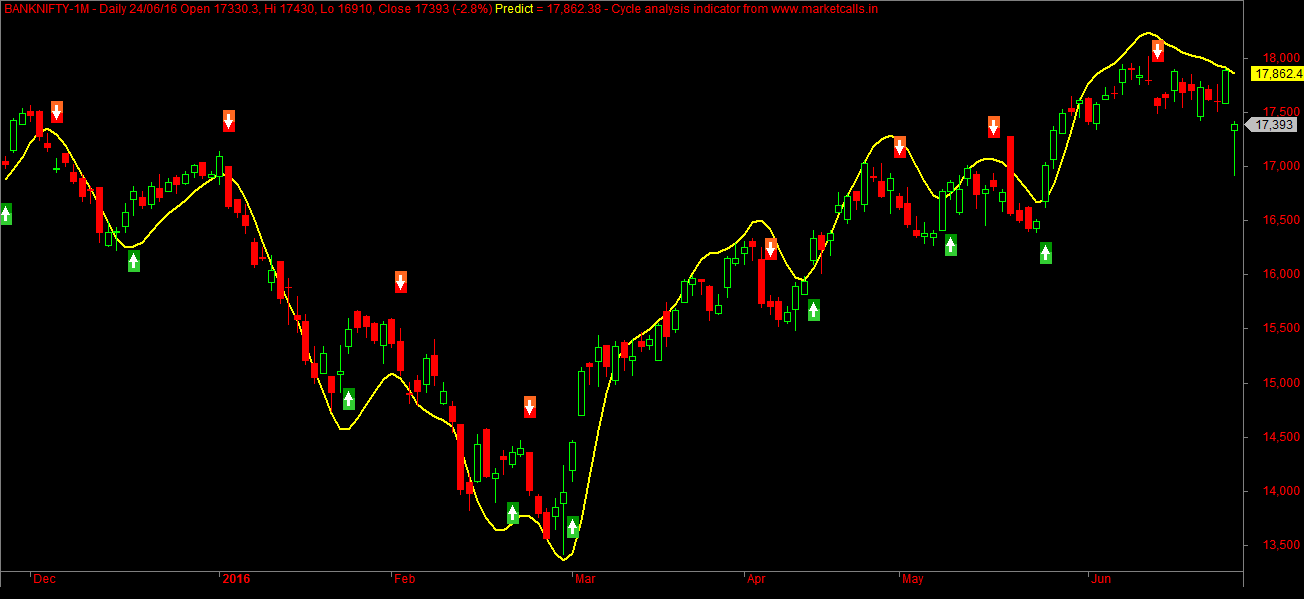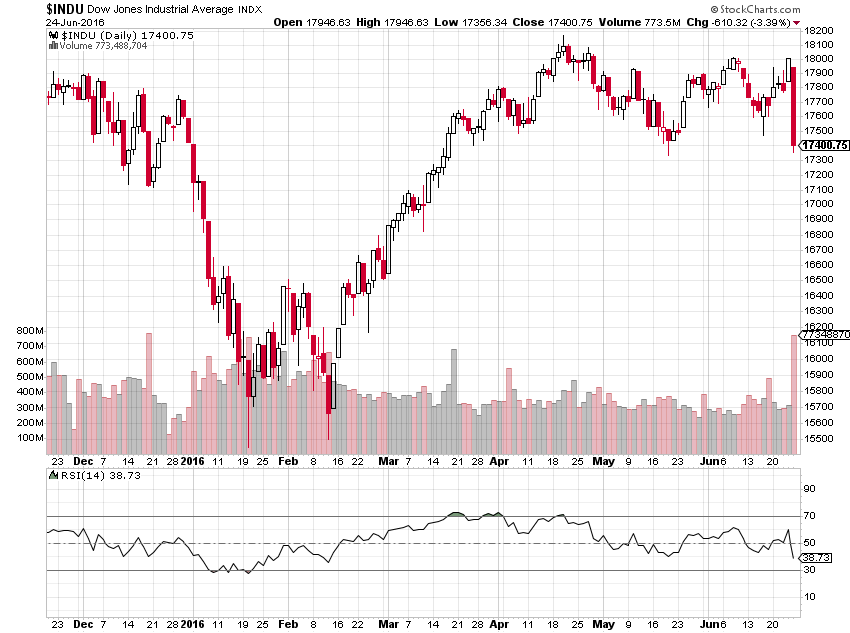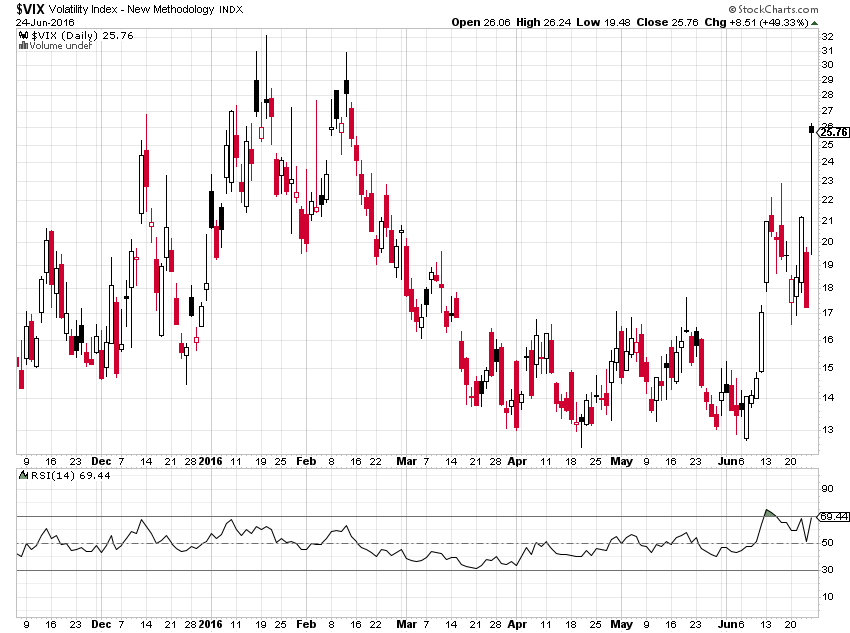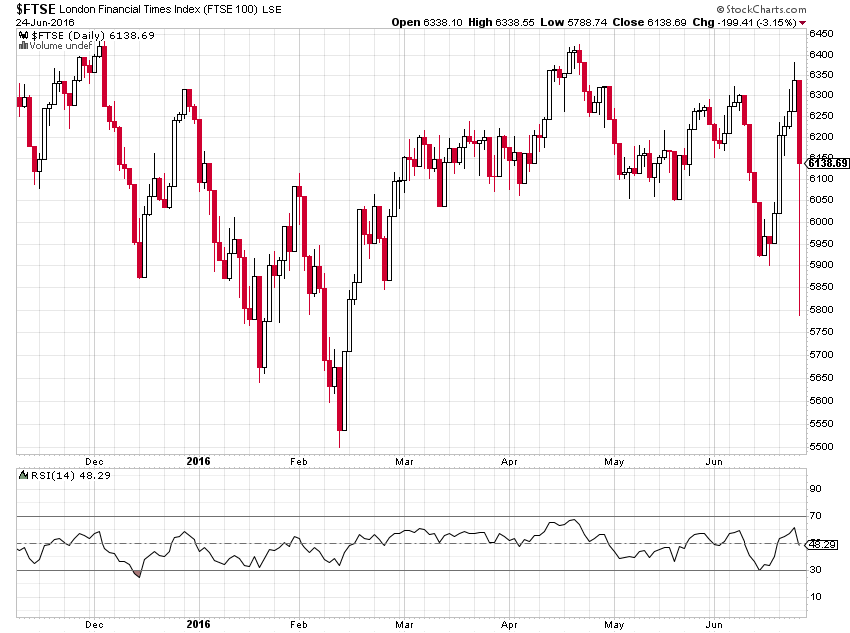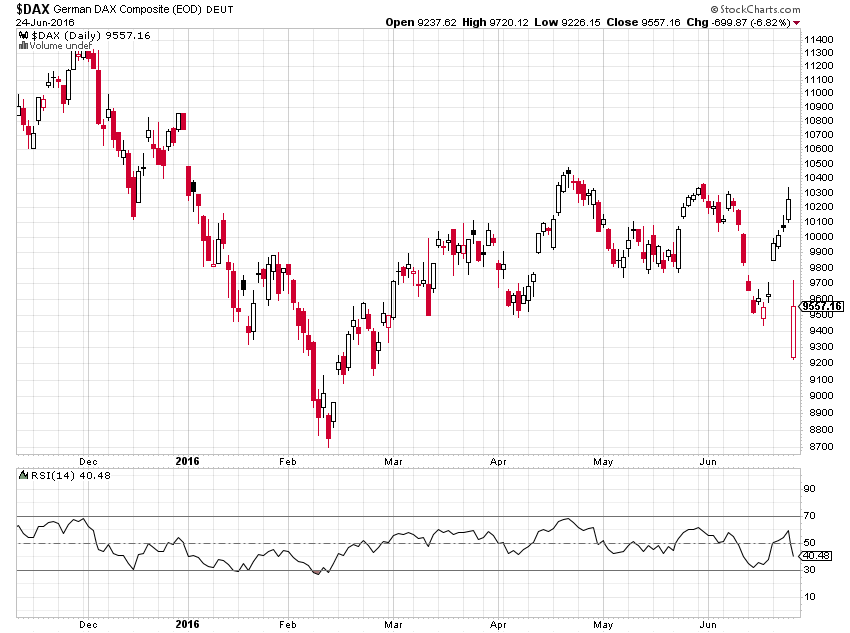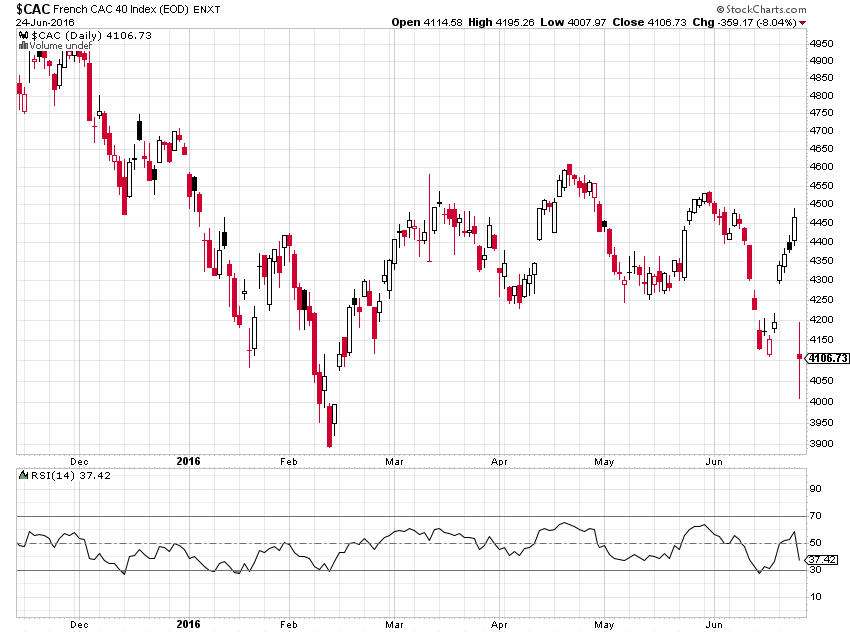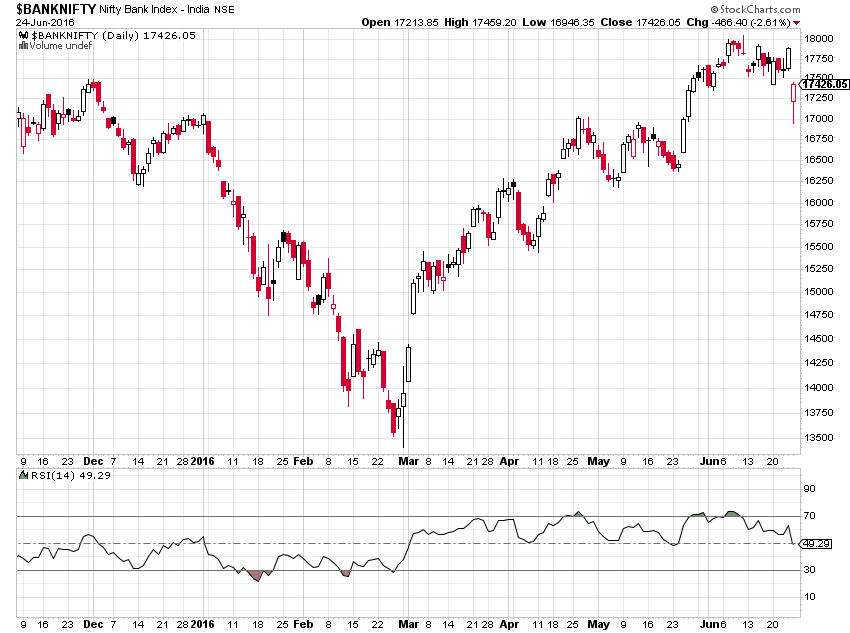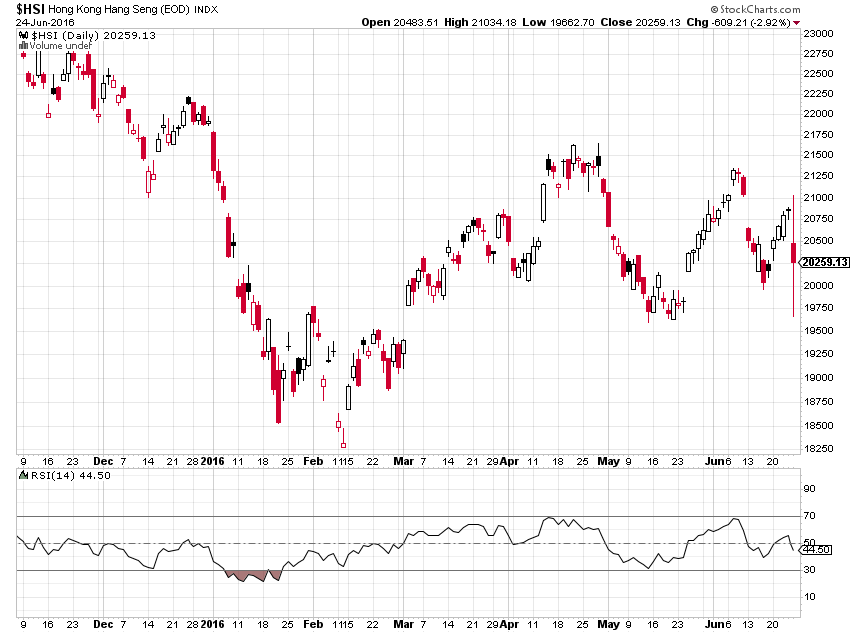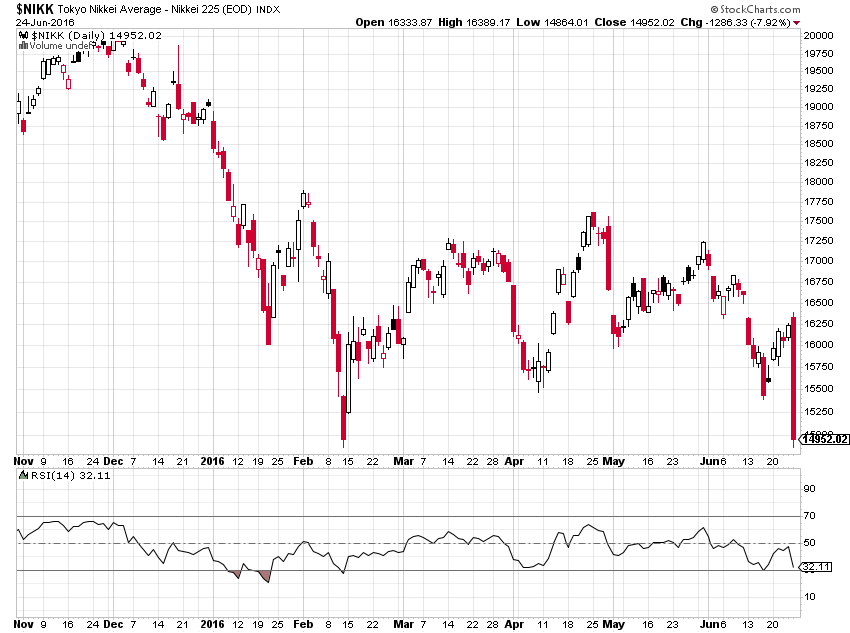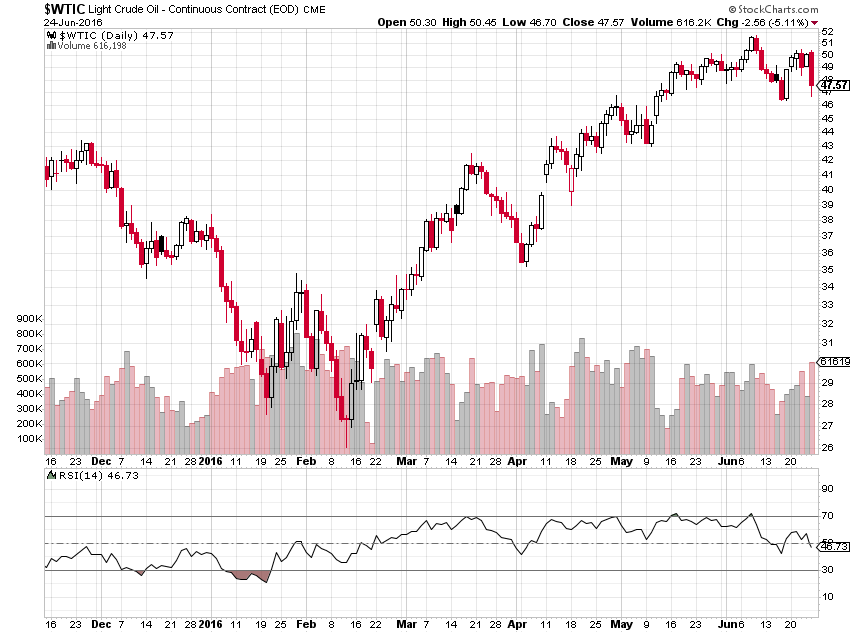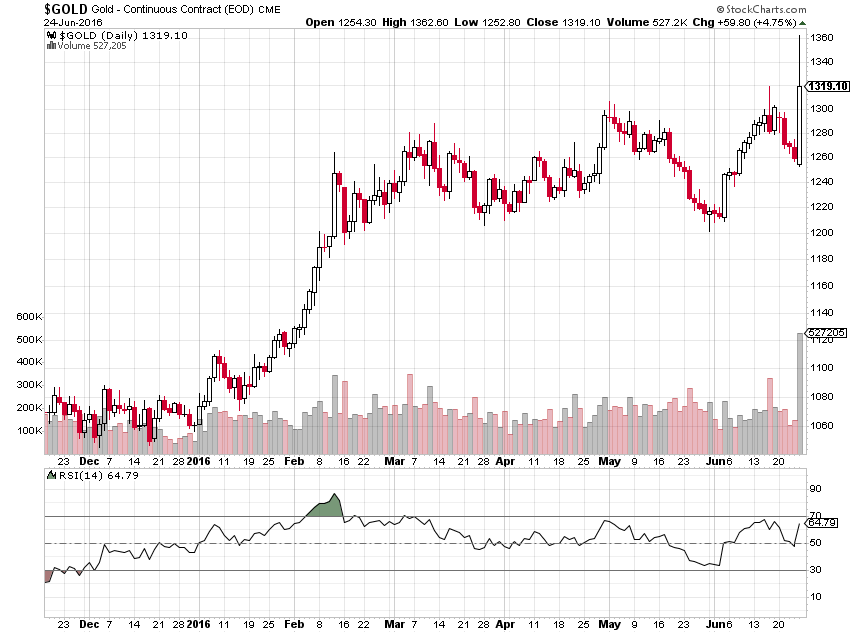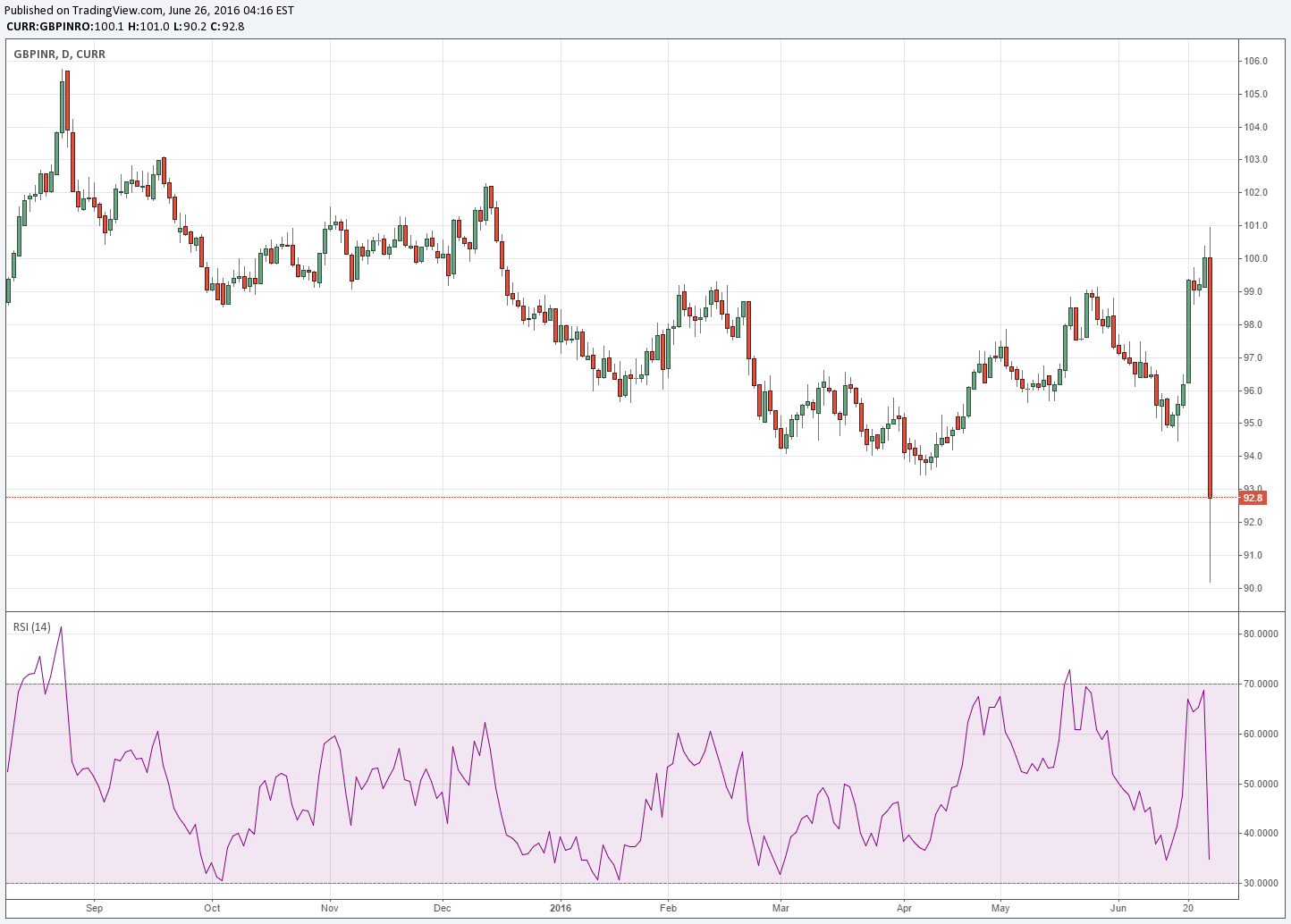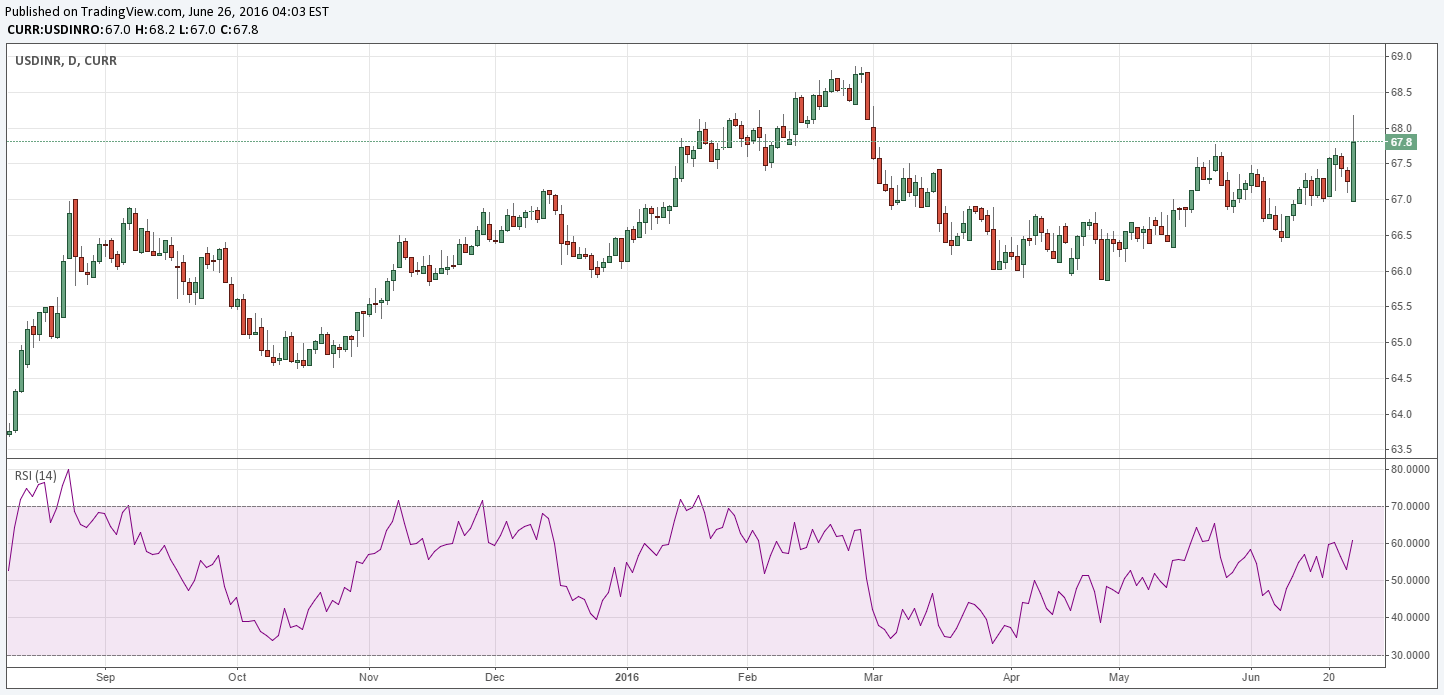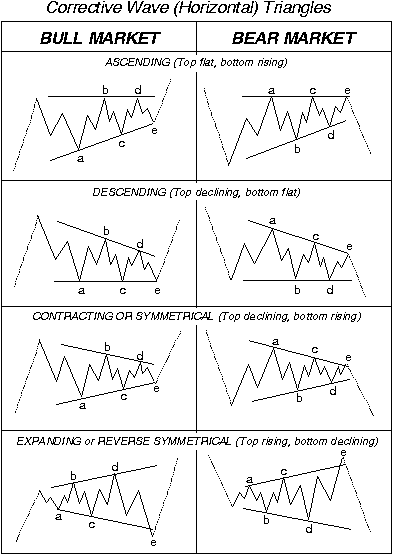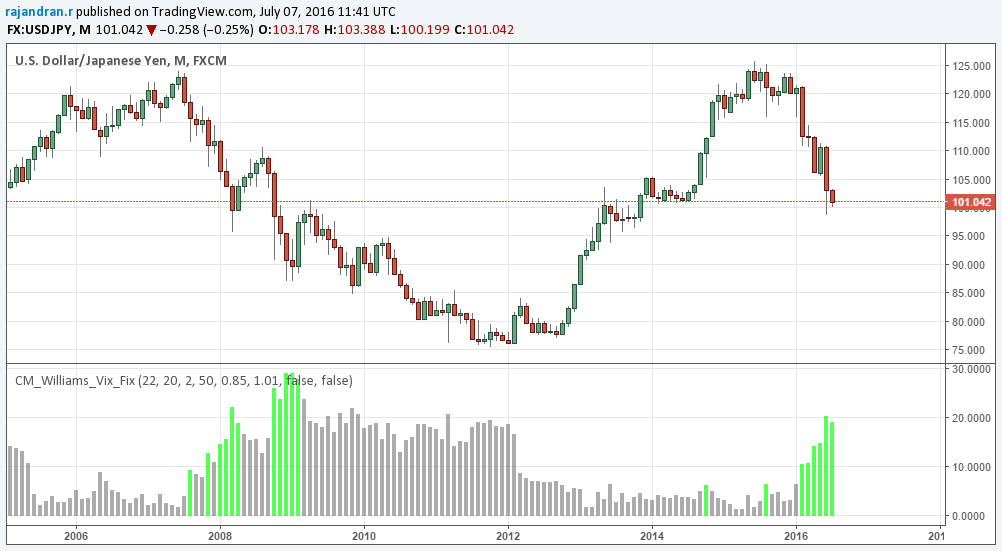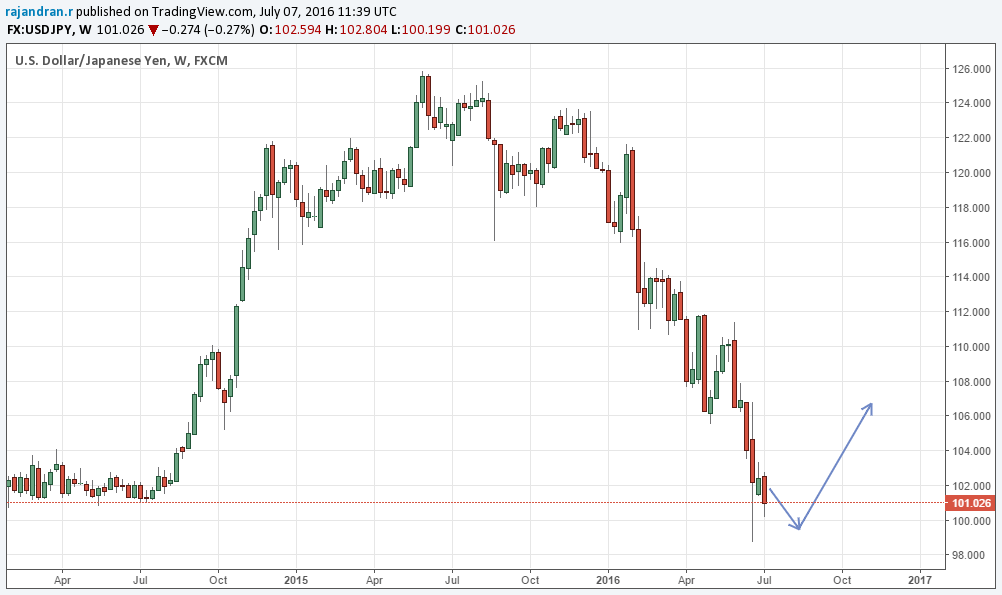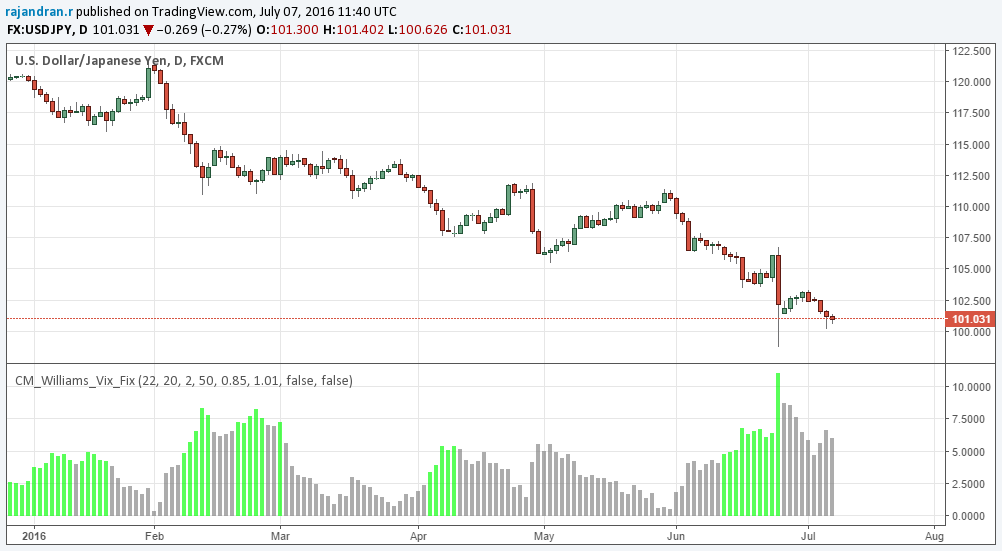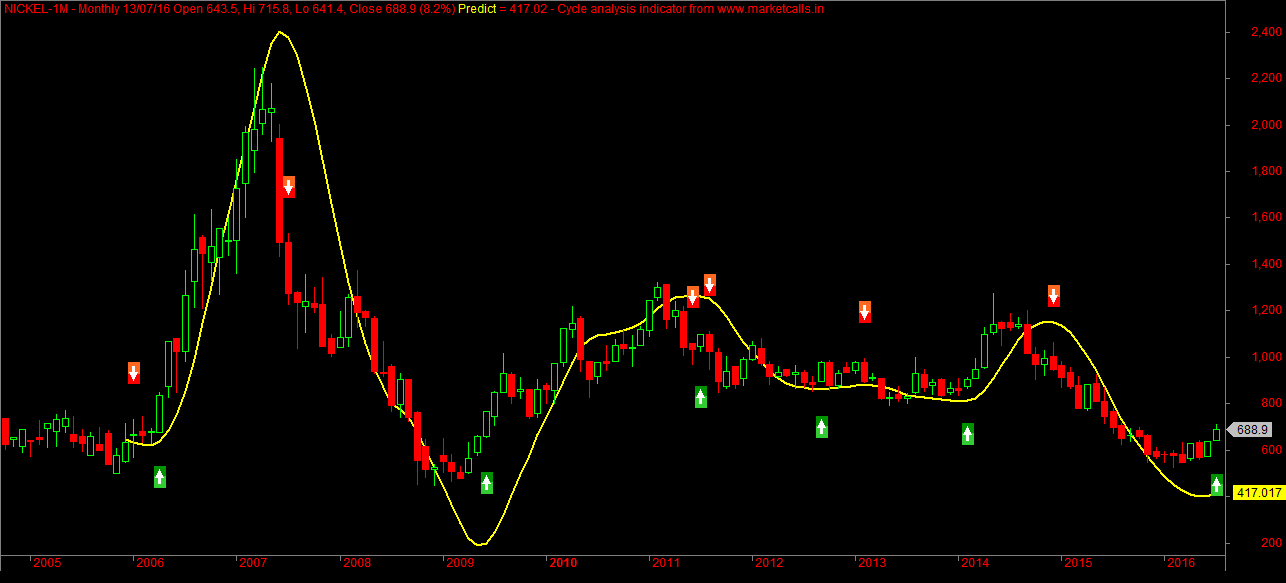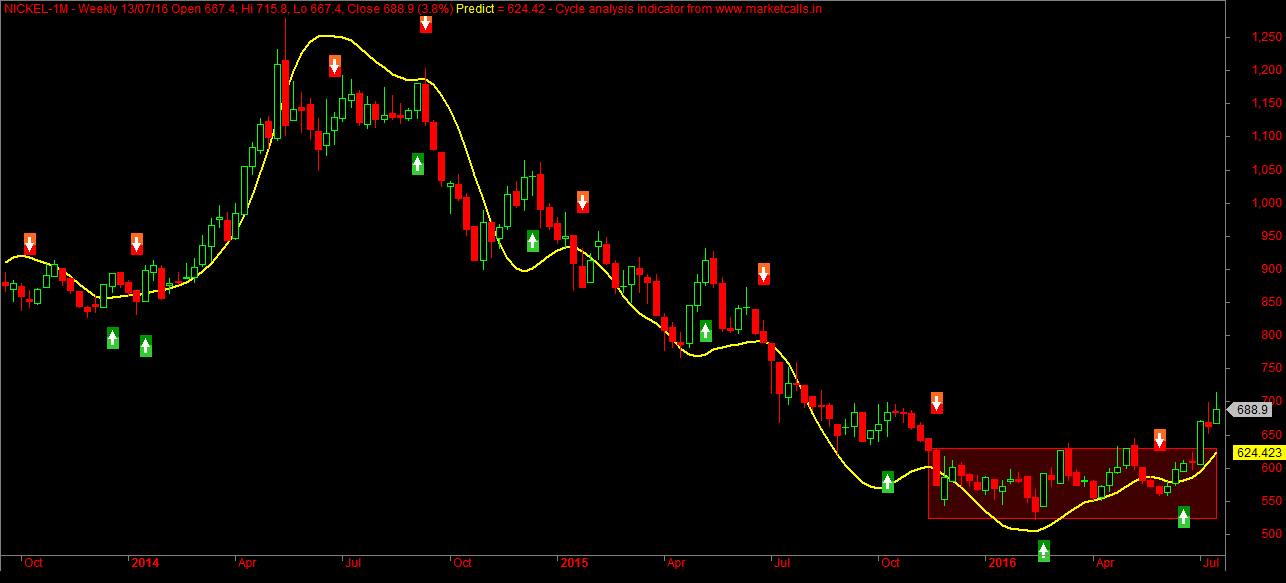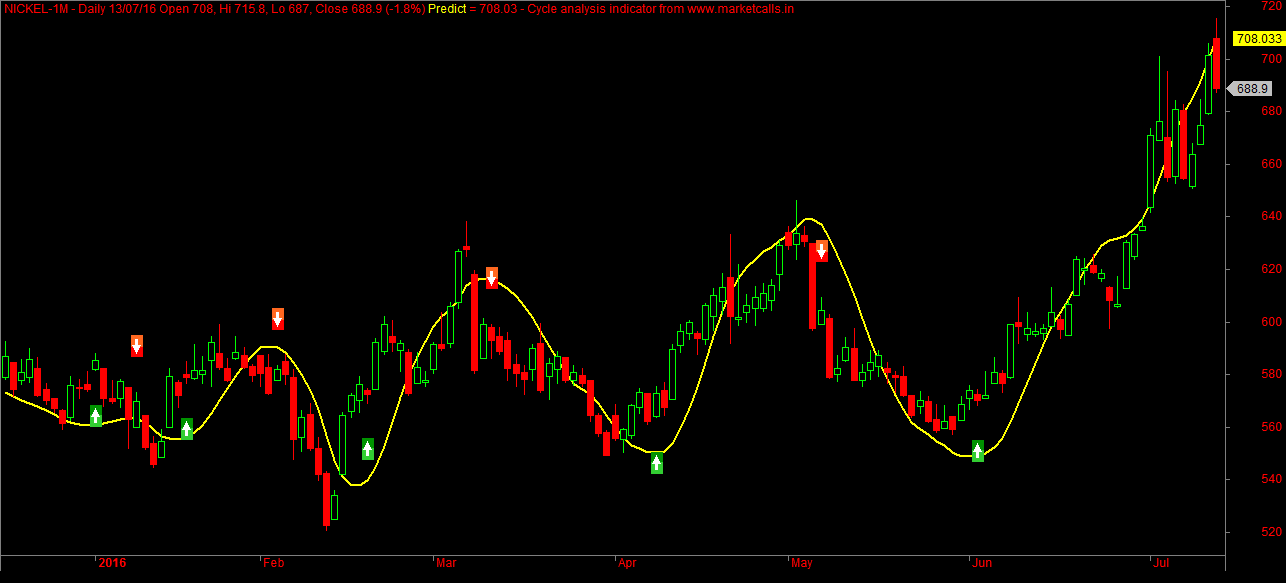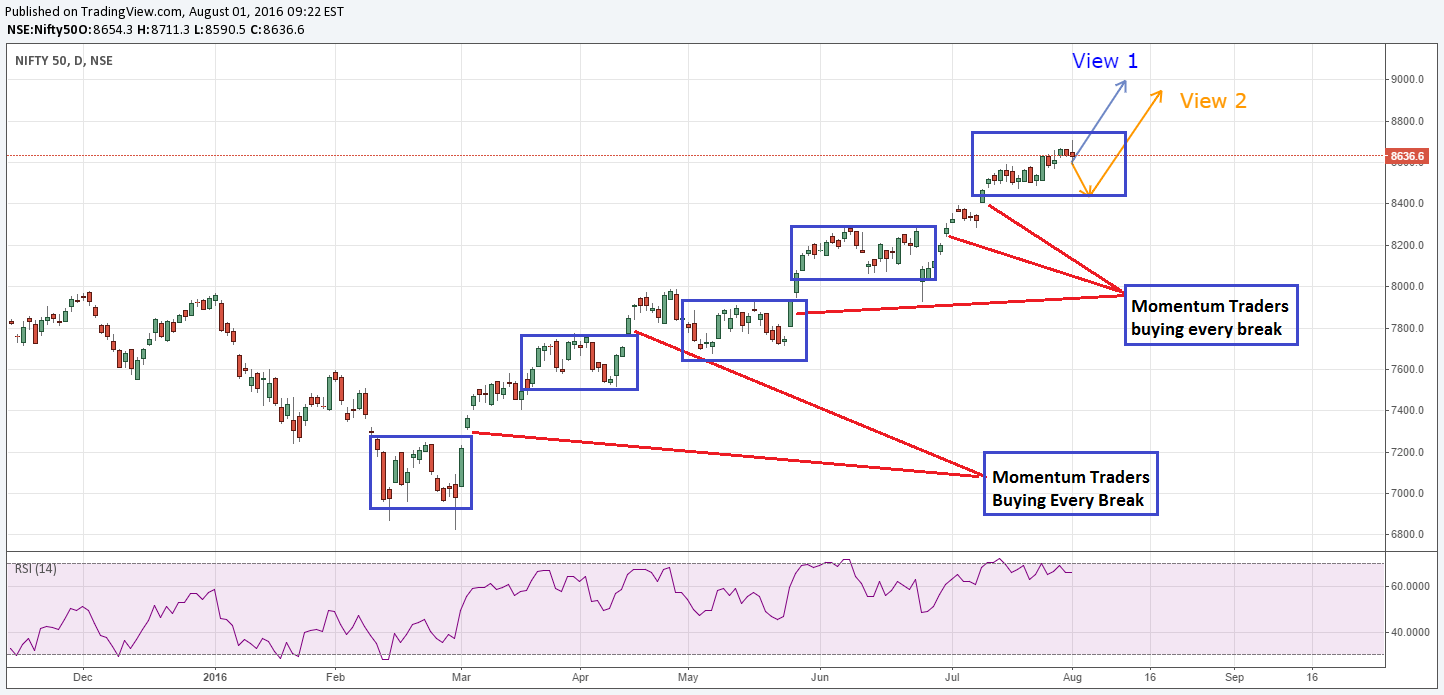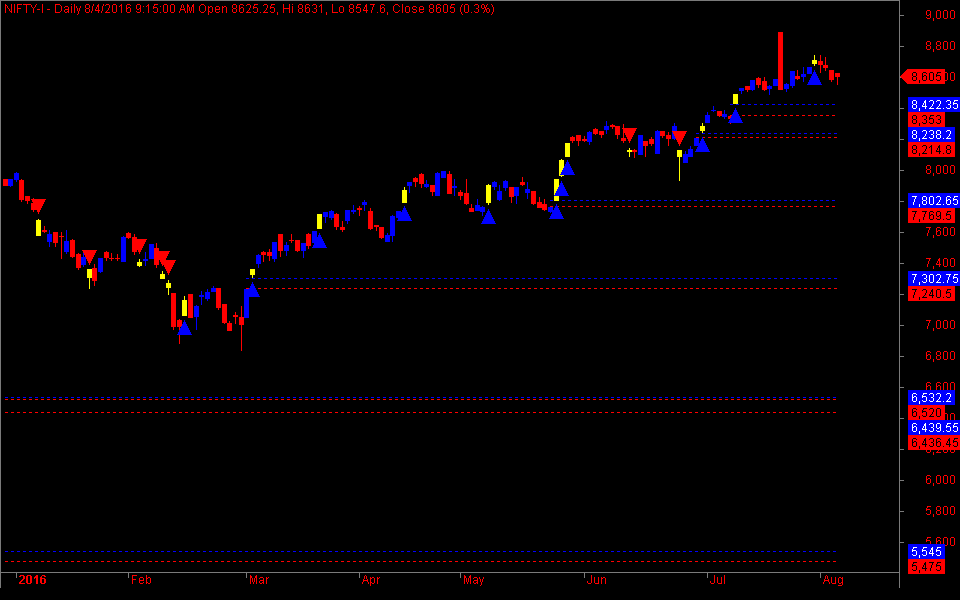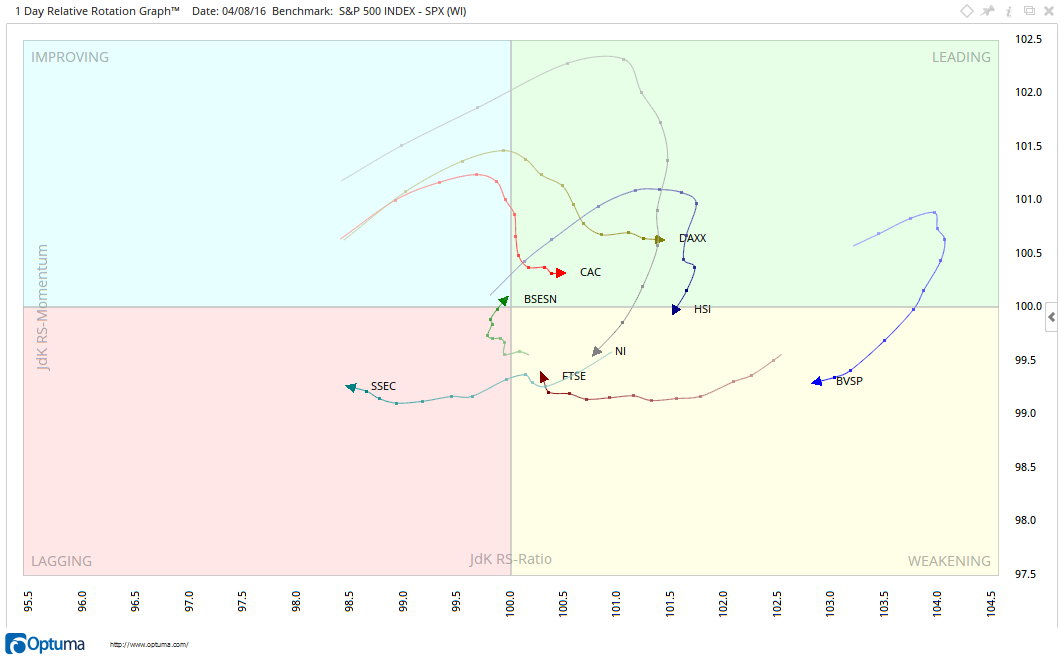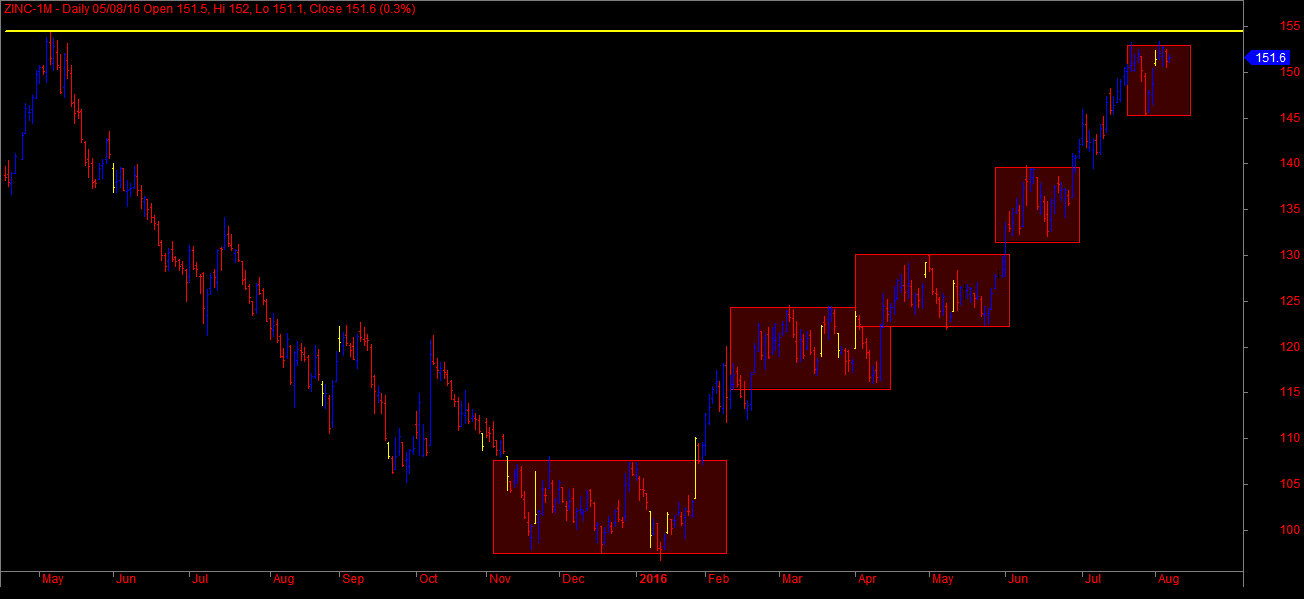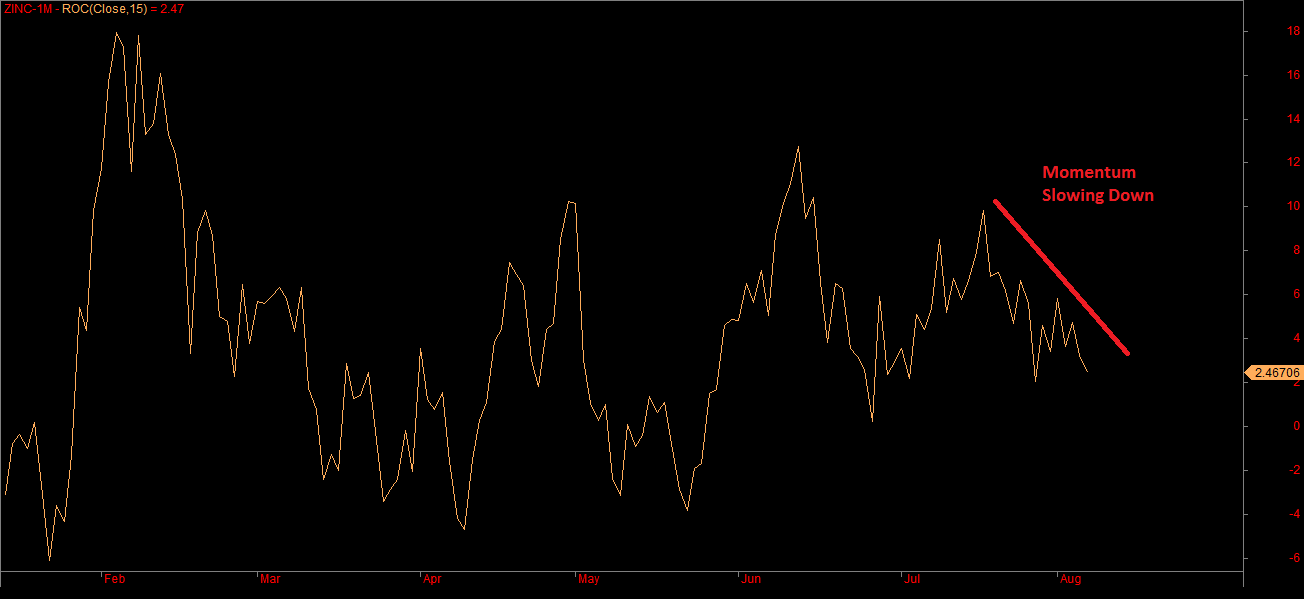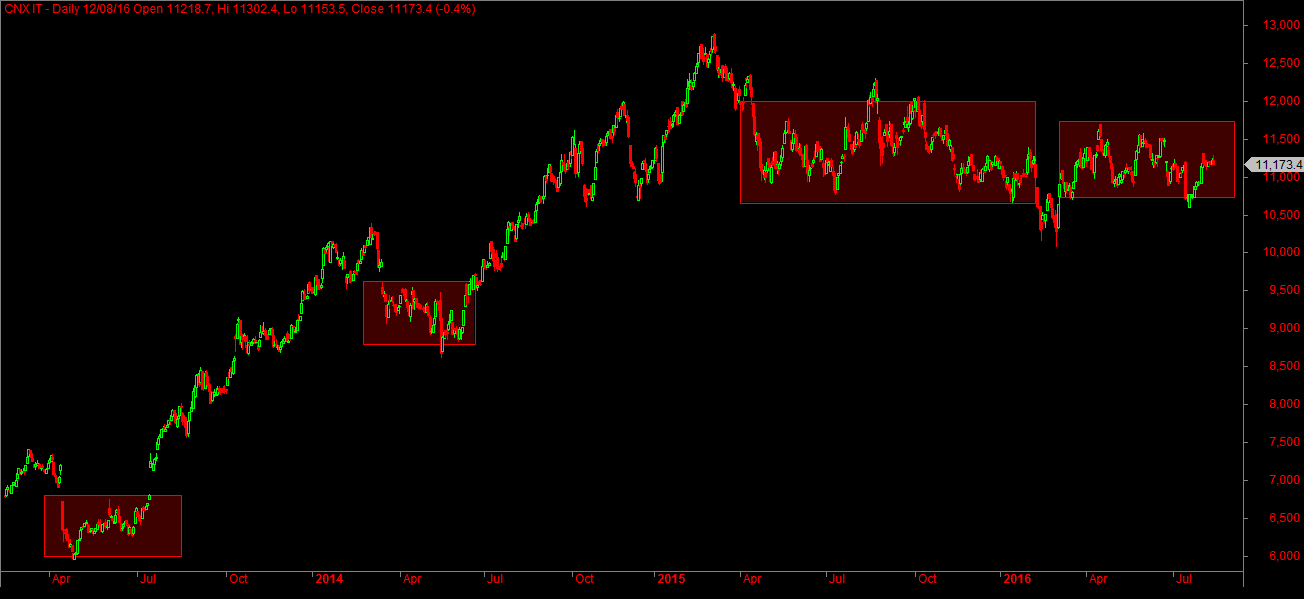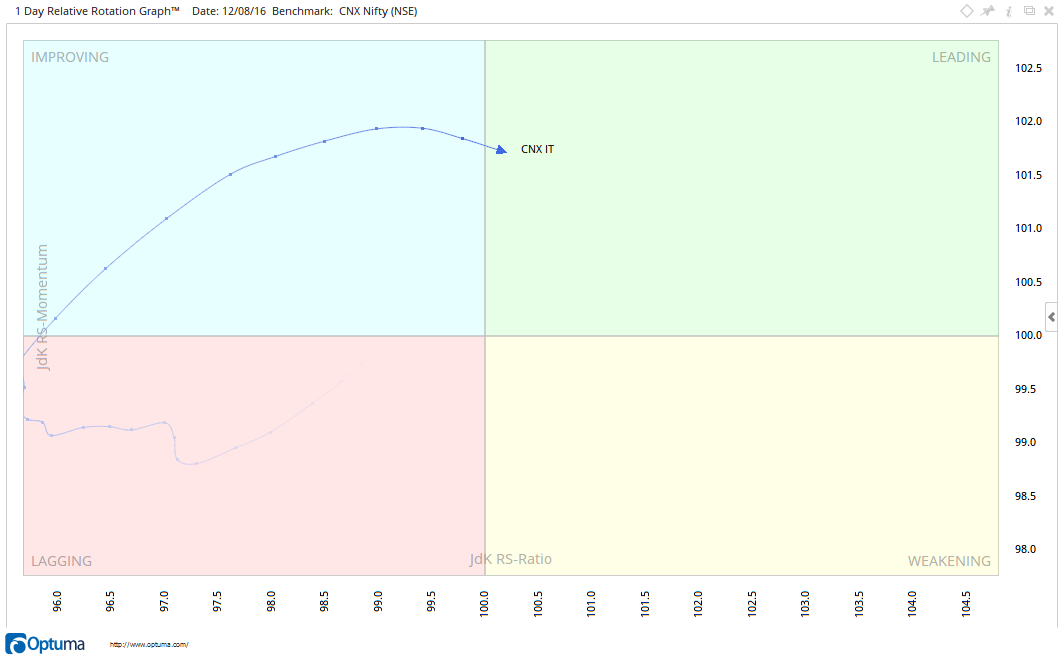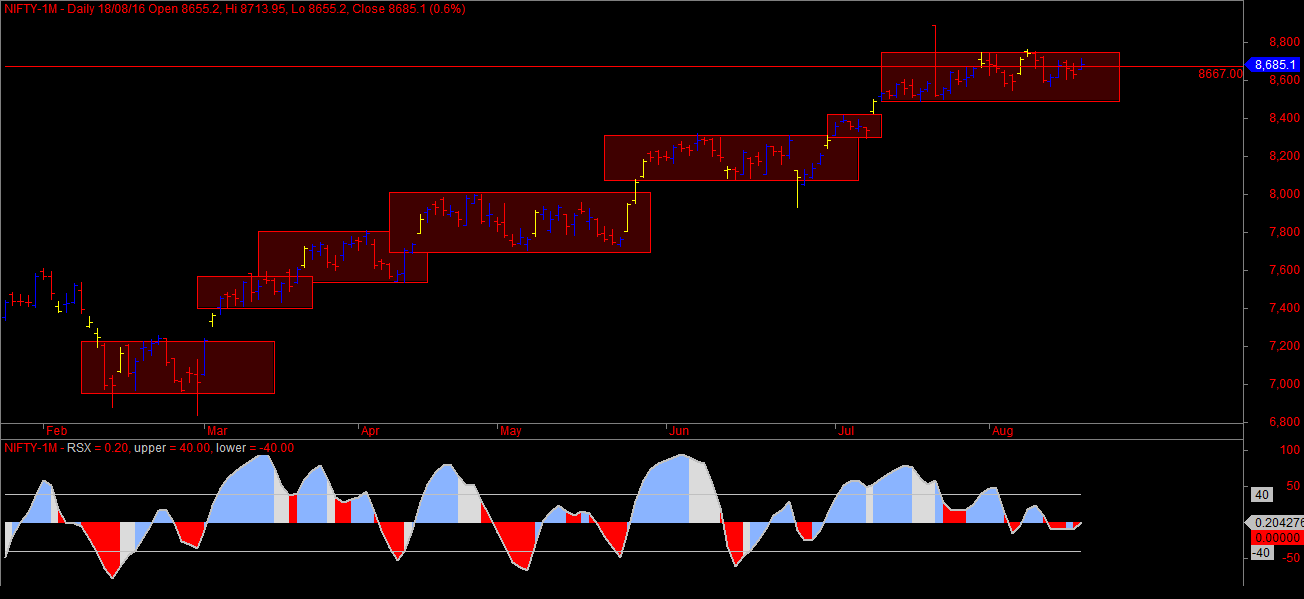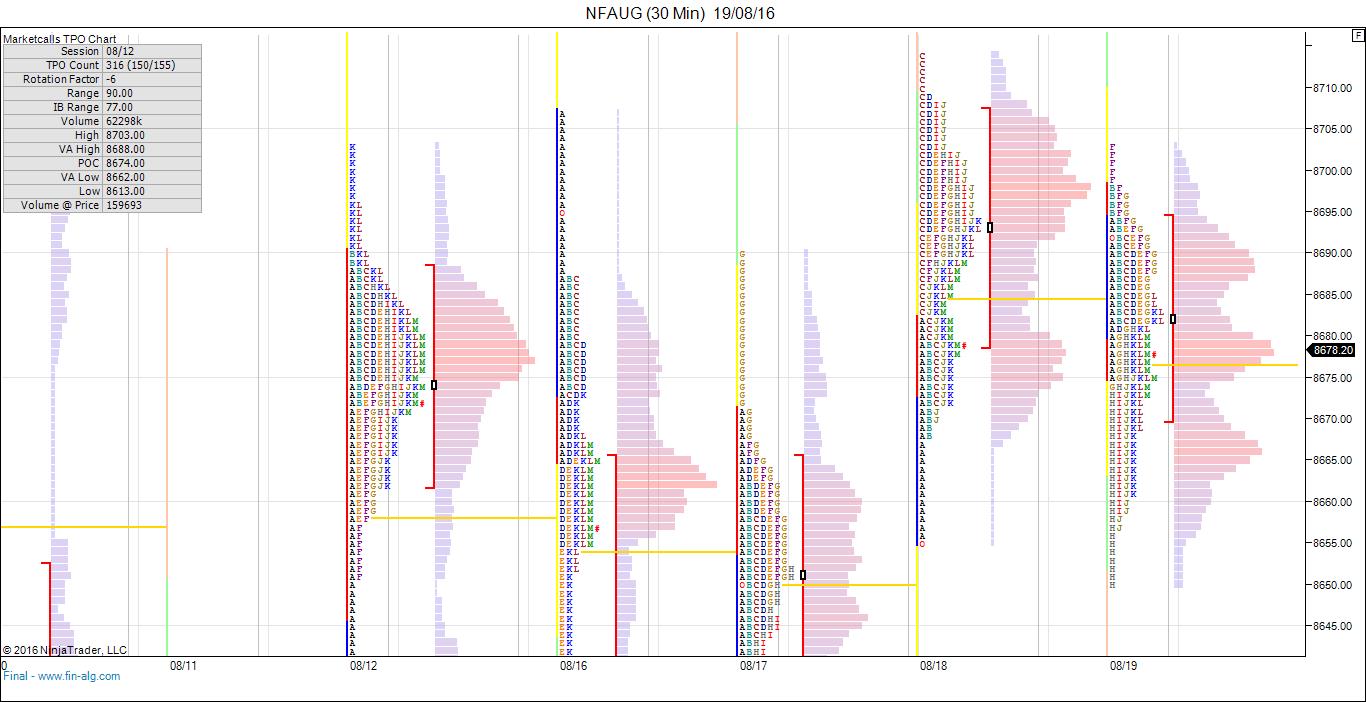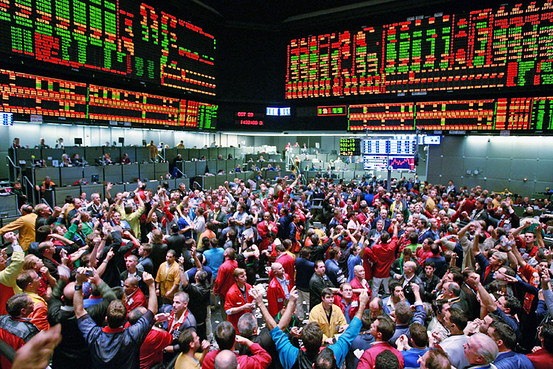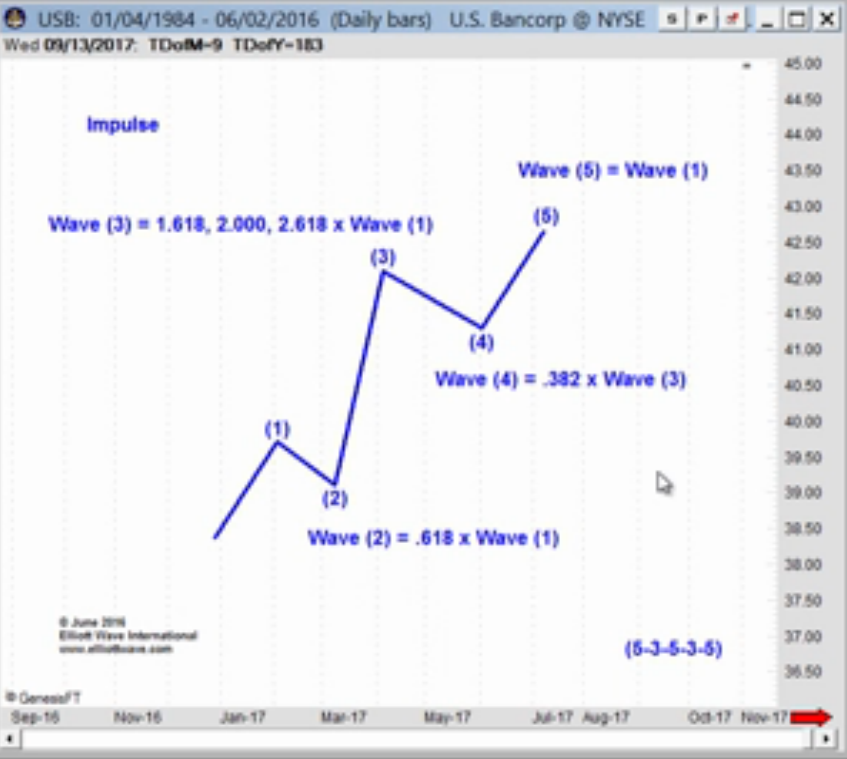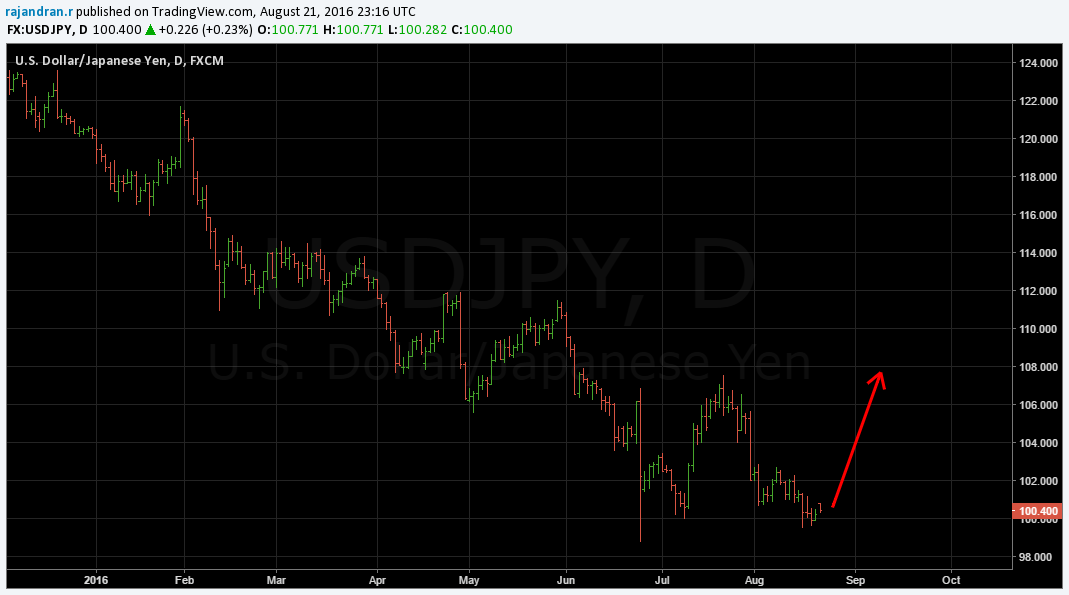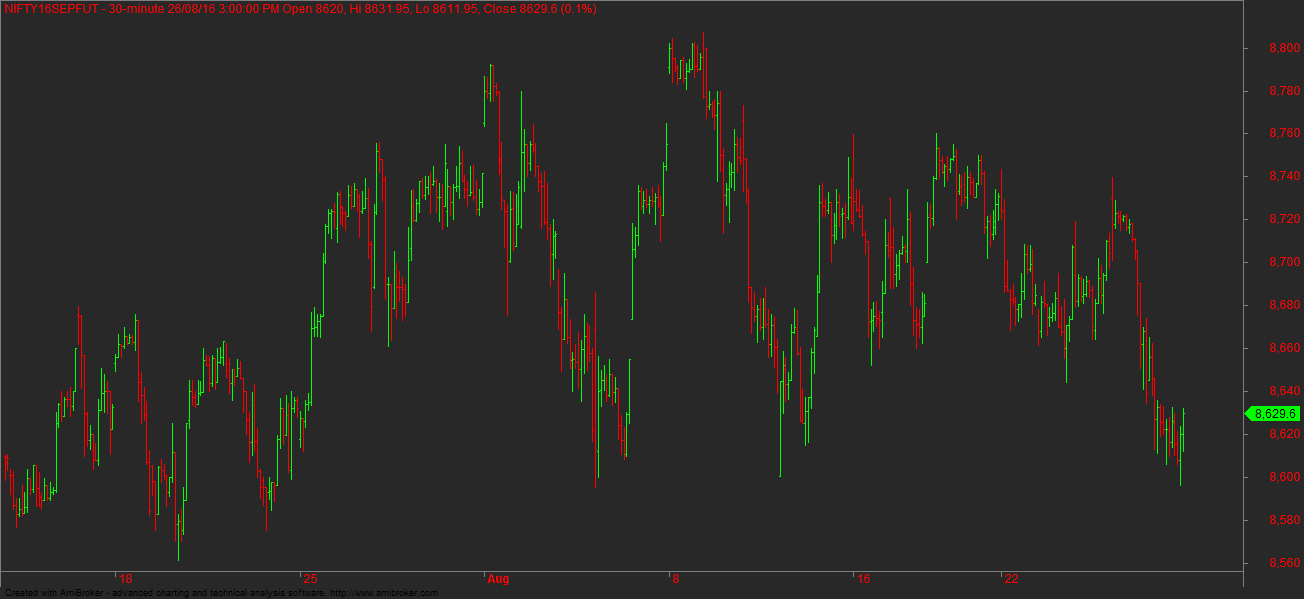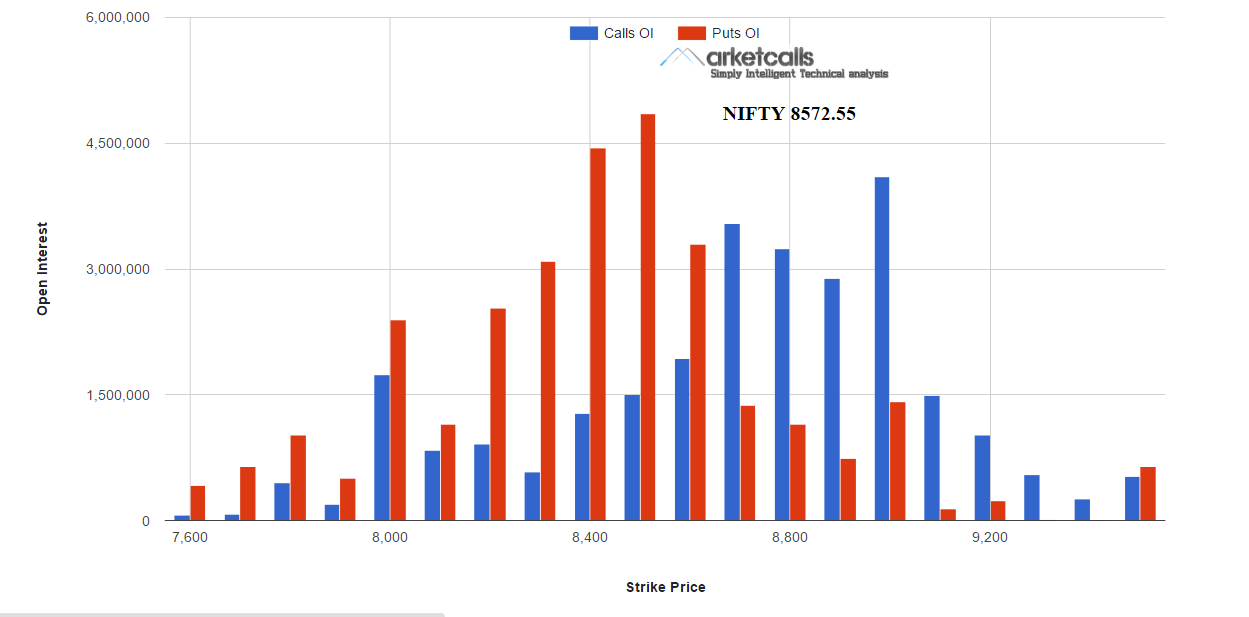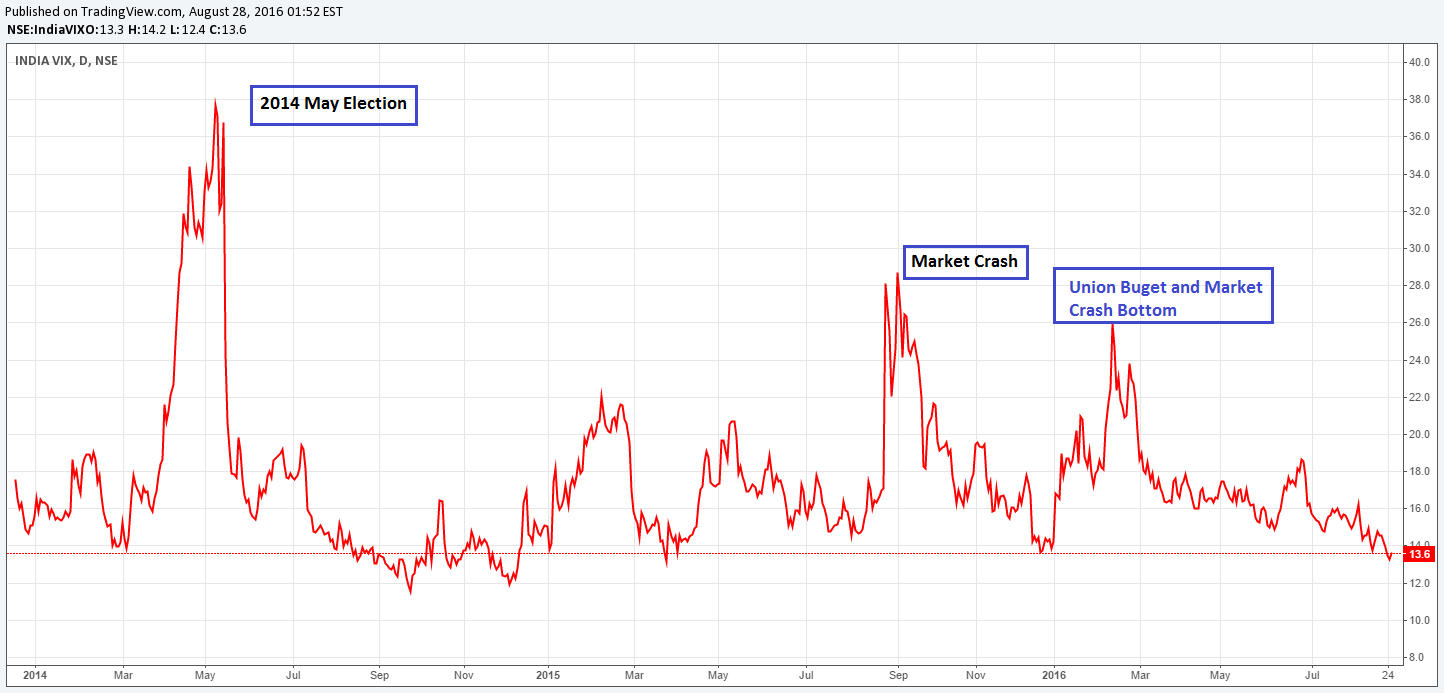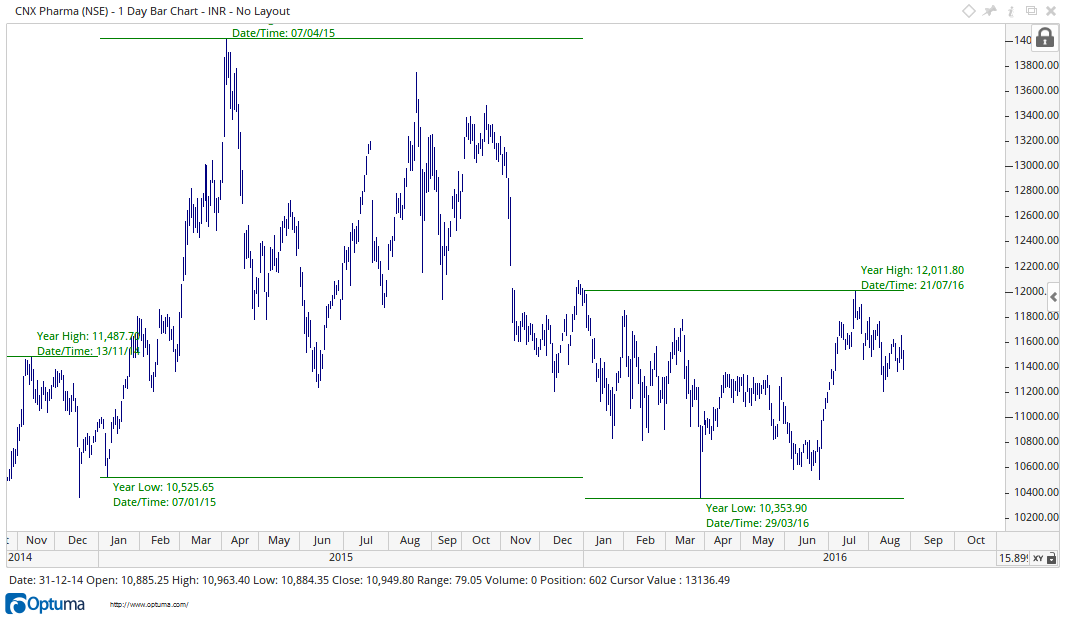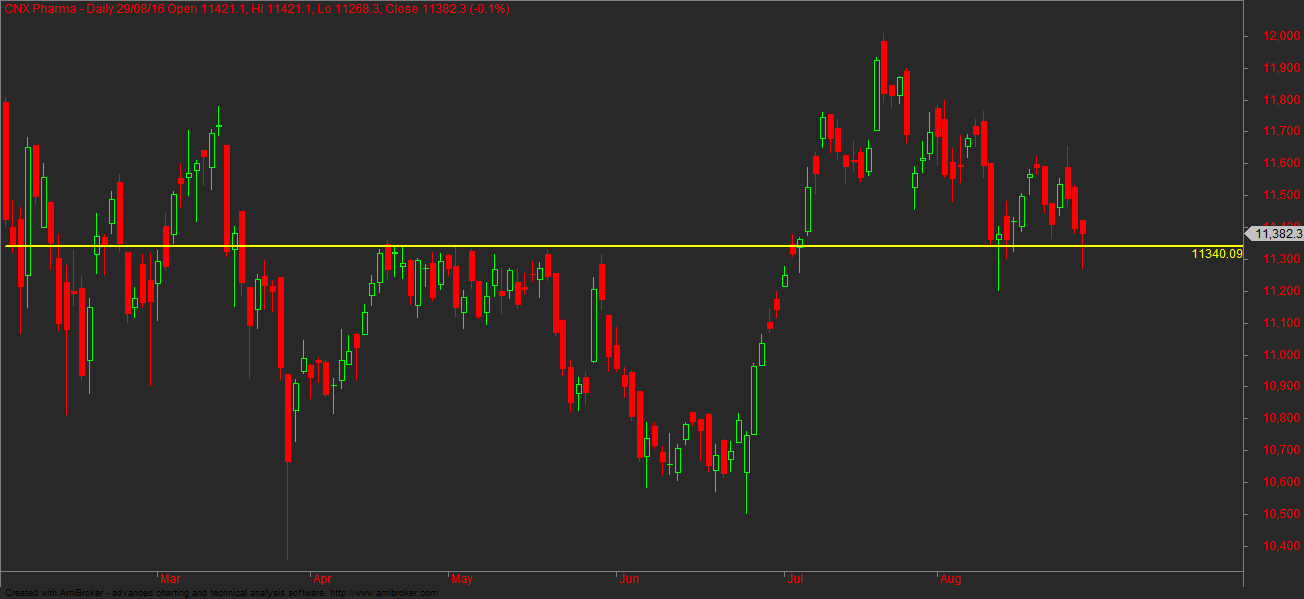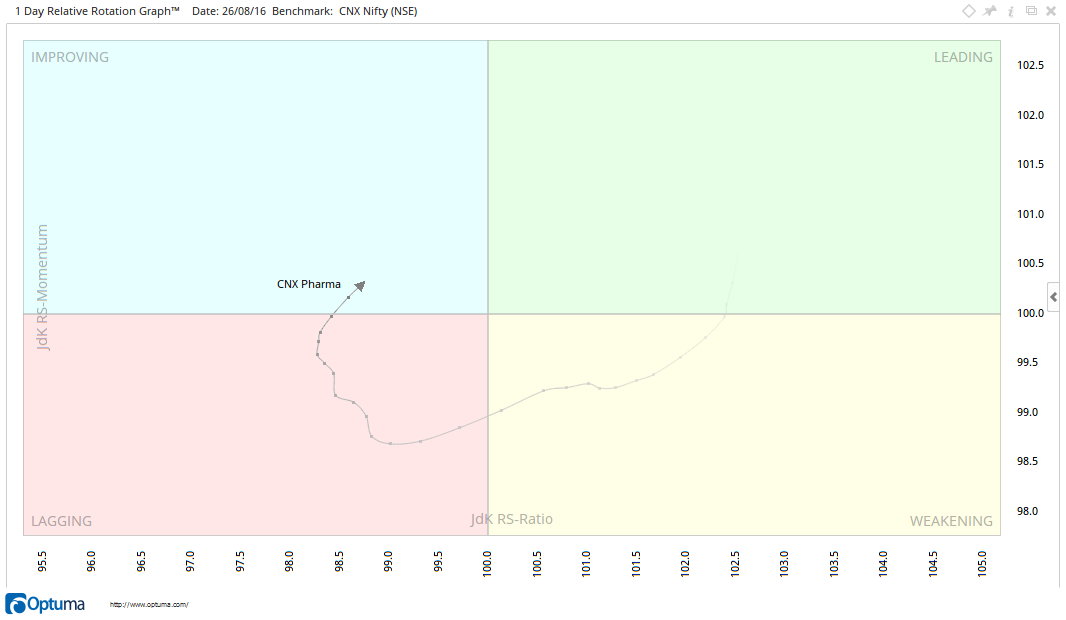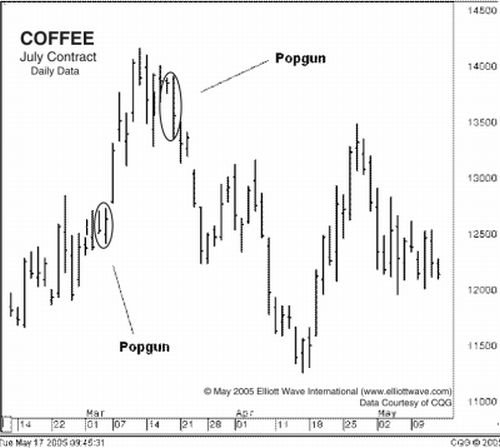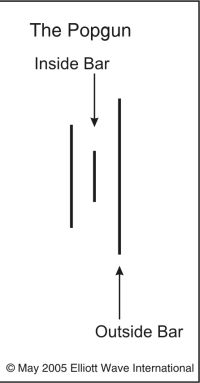Market Profile Workshop (MP 2016) is a rigorous training program for traders, providing you with the clarity of thought for your trading journey through live lectures, case studies, assignments, guidance, feedback and insights.
![Market Profile Workshop]()
Why this Course
Markets are complex to understand. We teach how to understand markets in a better way, will bring thinking ability in you to trade independently in dynamic complex trading environments. The Program will provide the right framework and concepts to equip you with clarity for your trading journey
Venue : Premier Inn, ,ITPL Main Road Seetharampalya,Whitefield, Bengaluru, Karnataka, India
Date : 24th and 25th, Sep 2016
Contact : 09738383344 (Mon – Sat 9a.m -6p.m)
About the Mentor
Rajandran is a Full time trader and founder of Marketcalls, hugely interested in building timing models, algos , discretionary trading concepts and Trading Sentimental analysis. He now instructs users all over the world, from experienced traders ,professional traders to individual traders.
Rajandran attended college in the Chennai where he earned a BE in Electronics and Communications. Rajandran has a broad understanding of trading softwares like Amibroker, Ninjatrader, Esignal, Metastock, Motivewave, Market Analyst(Optuma), Metatrader, Tradingivew,Python and understands individual needs of traders and investors utilizing a wide range of methodologies.
About the Mentor
Agenda
click here to view the agenda
Topics Covered
Day 1 – Morning Session
Why to trade using Market Profile.
Introduction to Auction Market Theory.
Understanding two way auction process.
Basic Building Blocks of Market Profile.
Understanding Market Participants.
Measuring Trading Participants confidence level.
Understanding Who is in control.
Trading Price Vs Trading Value
Market Profile and Market Internals.
Day 1 – Afternoon Session
Setting up Market Profile Charts for various instruments
Learn to do analyze stocks using Top Down Approach
How to Measure the Age of the Trend
Understanding Excess and Balance
Understanding POC and Value area concepts
Understanding Profile Structure, Subtle and Nuances
Understanding Key Reference Levels and its Significance
Day 2 – Morning Session
Composite Profile and Profile Settings
How to Identify intraday and positional trading setups
Trading Options using Market Profile
Market Profile Case studies
Introduction to Order flow Analysis
Day 2 – Afternoon Session
Why Sentimental Analysis in Trading.
Gathering and Evaluating the Crowd Sentiment.
How to trade Extreme Sentimental Factors.
Understand the Mindset of Emotional traders
How and When to Trade Against crowd sentiment
Best Trading Practices and Market Profile Trading Principles
Trading Room and Daily Market Commentary
Daily Market Commentary (Online – Gotowebinar)
Date : Oct 3rd – Oct 28th,2016 (All Market Days)
Timings : 8.30a.m – 9.00a.m
Market Profile Trading Room (Online – Gotowebinar)
Date : Oct 3rd – Oct 28th,2016 (All Market Days)
Timings : 9.15a.m – 4p.m
Key Takeaways
6 months access to Recorded Webinars (Marketcalls Portal)
1 month access to Live Trading Journal (Slack Chat group)
1 month access to Live Trading Room Setup (gotowebinar)
1 month access to Live Daily Market Commentary on market days 8.30a.m-9.00a.m (gotowebinar)
Access to our previous mentorship video archives. (100+ hours)
Live Case Studies, Personalized feedback
Network with like minded traders
Who Should Attend
-Anyone who is passionate to learn and trade in complex market environments.
-Aspiring full time traders/active investors
-Willing to have a flexible trading mindset.
Requirements
-Laptop with 3G/4G dongle
-Ninjatrader 7 installed
-Understanding about Futures and Options Concepts
-Min 1 Year of Trading Experience in Futures and Option Markets
The post Market Profile Bangalore Workshop appeared first on Marketcalls.
![]()
